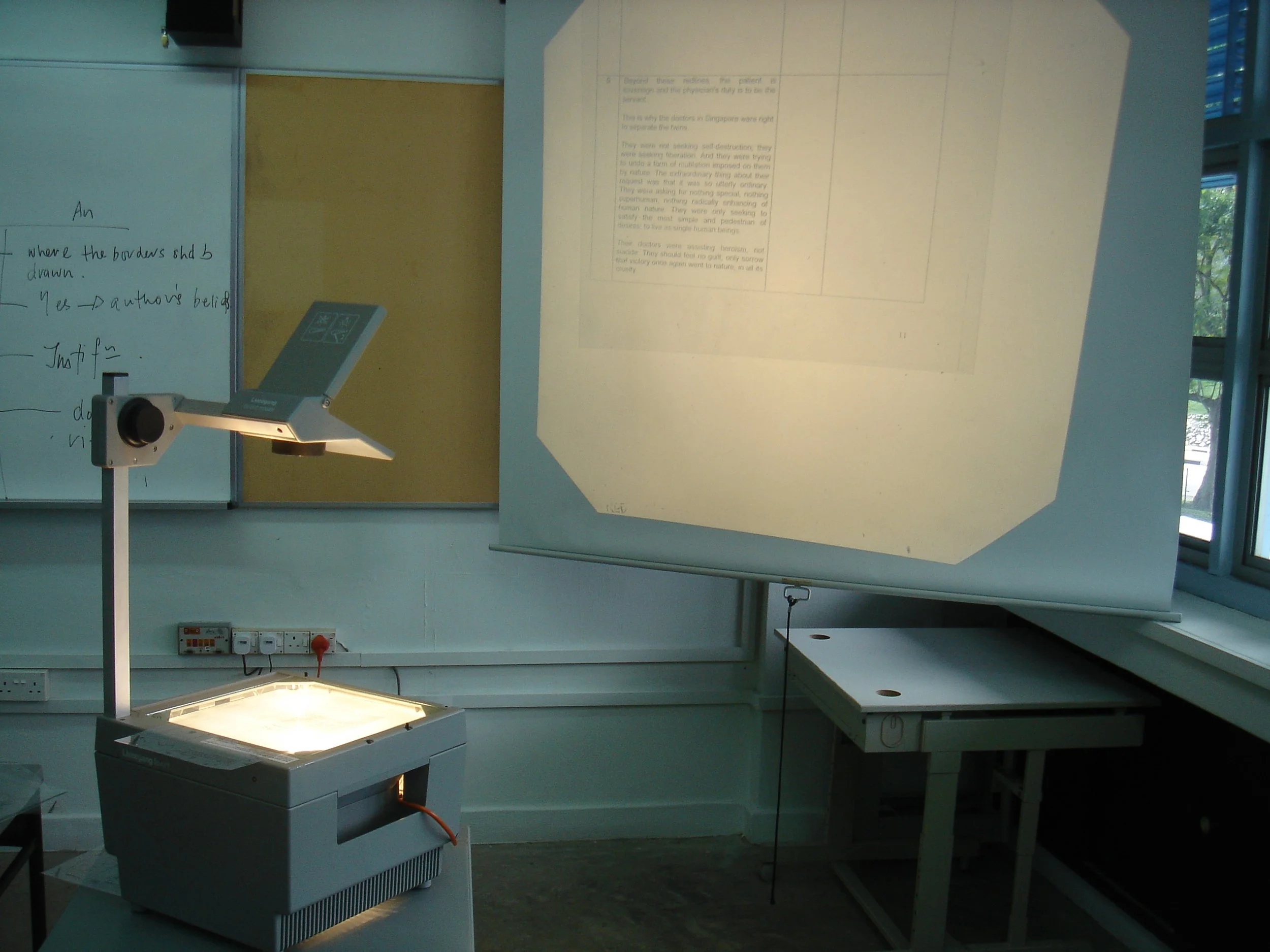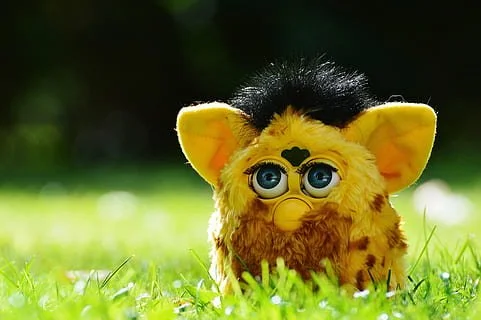It Can Be Simple
In 2011, I was inspired into a science career by my AP biology teacher, who used a grand total of two main teaching tools: an overhead projector and a black dry erase marker. Next to him sat a folder of notes that he wrote out for us on the transparent films on the projector again, day after day As I think about his class and the many science classes I took in subsequent years, his was the most simple and required the least technology, yet it was in that environment that I was inspired. Here’s why I think he succeeded and how I endeavor to do the same.
First, my teacher coached us towards our goal. While we all had individual goals for our learning in class, the majority of our class was taking AP Biology with the intent to obtain college credit by passing the AP test. He was very clear with us that doing well in his class would help us pass the test and tied everything we did to that end. He began each lecture by explaining where we left off last time, where this lecture would go, and how it would apply to our knowledge base for the AP test. We had very few lab sessions, but when we did, they were always purposeful and relevant to material on the test. This helped me stay engaged day after day, feeling sure that what I would learn was relevant to me.
Second, he brought his personality and his personal brand of odd humor to his work. His classroom walls were lined with Furbys—large talking stuff animal toys popular in the ‘90s—that made his classroom at first glance unsettling and also piqued our curiosity. Who was this man and why does he have a Furbee collection? His opening speech to us on the first day of class was a dramatic recitation of the Kreb’s Cycle, using words like phosphorylation and oxidation with flair, and he finished by saying “At the end of this class, you will actually understand all those words.” It was cheesy and a little overdone, but it worked. I laughed more in his class than any other and as a result, I easily remember his class and what I learned in his class many years later.
As a teacher of a variety of learners—medical students, residents, and teenagers in the community—the goals of my classroom cannot always be as straightforward as teaching to the test. I believe each student has a diverse knowledge base and therefore different learning goals for each session. I also maintain awareness of my subject matter, acknowledging I engage with sensitive material that does not always lend itself well to humor. However, my hope for my students is that in whatever context they encounter my teaching, they feel the teaching session has met their learning goals and my own learning goals for them are clear from the beginning. I also hope they laugh a little and enjoy our time learning together. Curiosity and vulnerability help me create this learning environment.
Coaching my students to their personal goals requires me to be curious about them and find out what their knowledge base is, defining group learning goals before we even begin. To do this with lectures or small group sessions, I begin each learning time by asking my students to shout out some facts they already know on the topic and tell me questions they hope to have answered about the topic, if any. As an emergency room physician, I have learned to ask my patients, “Why did you come in TODAY?” because that answer informs my diagnostic process. Similarly, in order to teach, I always want to answer the question,”Why are we talking about this TODAY?” and I try to answer that question for my learners and for myself. Therefore, each lecture starts with my own clear learning objectives, proceeds with slides that tie the content specifically to the learning objectives, and a summary slide at the end to make sure my teaching goals were met.
Learning also happens at the bedside with my residents and medical students. I use the questions, “What do you hope to work on today/this week?” and “What would you like to learn about today/this week?” to guide my time with them. From there, I can develop teaching goals that we agree upon and give timely targeted feedback on their performance based on those goals. I feel I have done a good job when my students say I was able to give them actionable items to practice when they finishing working with me, whether for a day or a longer period of time.
Curiosity Helps Coach to the Goal
Vulnerability and Laughter Create a Positive Space
Bringing my humor and my personality to my teaching environment is a challenge I love to meet. I teach in the emergency room, in high school classrooms, and in churches. These are sensitive spaces where the wrong joke or wrong story may be unprofessional or damage to the relationship between the learner and the teacher. However, humor and vulnerability in these spaces, when done appropriately, makes knowledge stick through positive association with the material and the place.
To make sure I strike the correct balance, I use the following strategies to bring myself and my humor to lessons. First, I make use of the many memorable acronyms in medicine—MUDPILES, AEIOU, I GET SMASHED etc. That last acronym example always evokes a reaction and a memory of ill advised college days. Second, I put wholesome pun filled comics or pictures of cute animals in my lectures in addition to more relevant photos. Nothing engraves a memory quite like a little baby duck.
Third, and finally, I am vulnerable with my learners. I value a transparent learning environment where sharing feelings and thoughts is expected yet easy for students to do, knowing that they will not be judged for it. To create this space, I try to show my learners how I am learning and processing right along with them. This might look like explaining my own learning struggles. For example, I may start a workshop about ultrasound guided imaging by telling a brief story about how I always hold the probe the wrong side up, then sharing tips that helped me to remember which side is correct. It might look like starting a session on breaking bad news by acknowledging the emotional burden trainees might carry during/after these difficult conversations. This vulnerability and self-effacing humor helps me connect with my learners and allow them space to reflect on their own experiences with a kind gaze.



